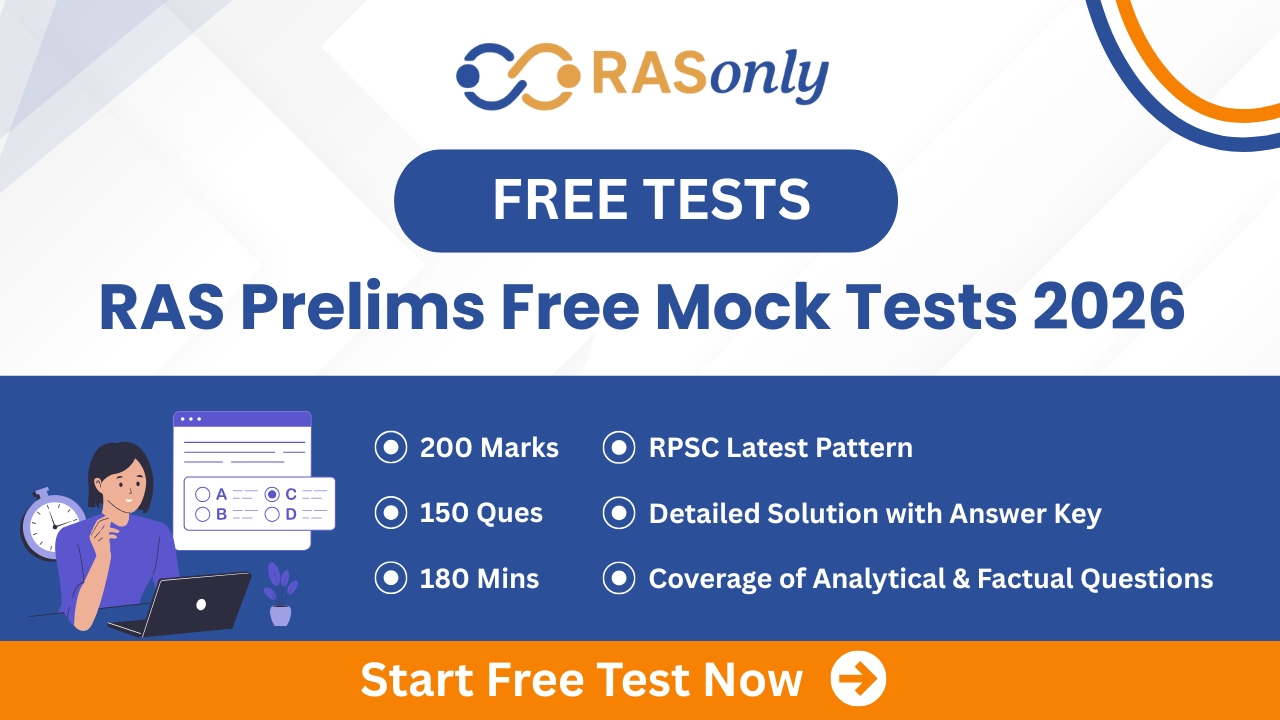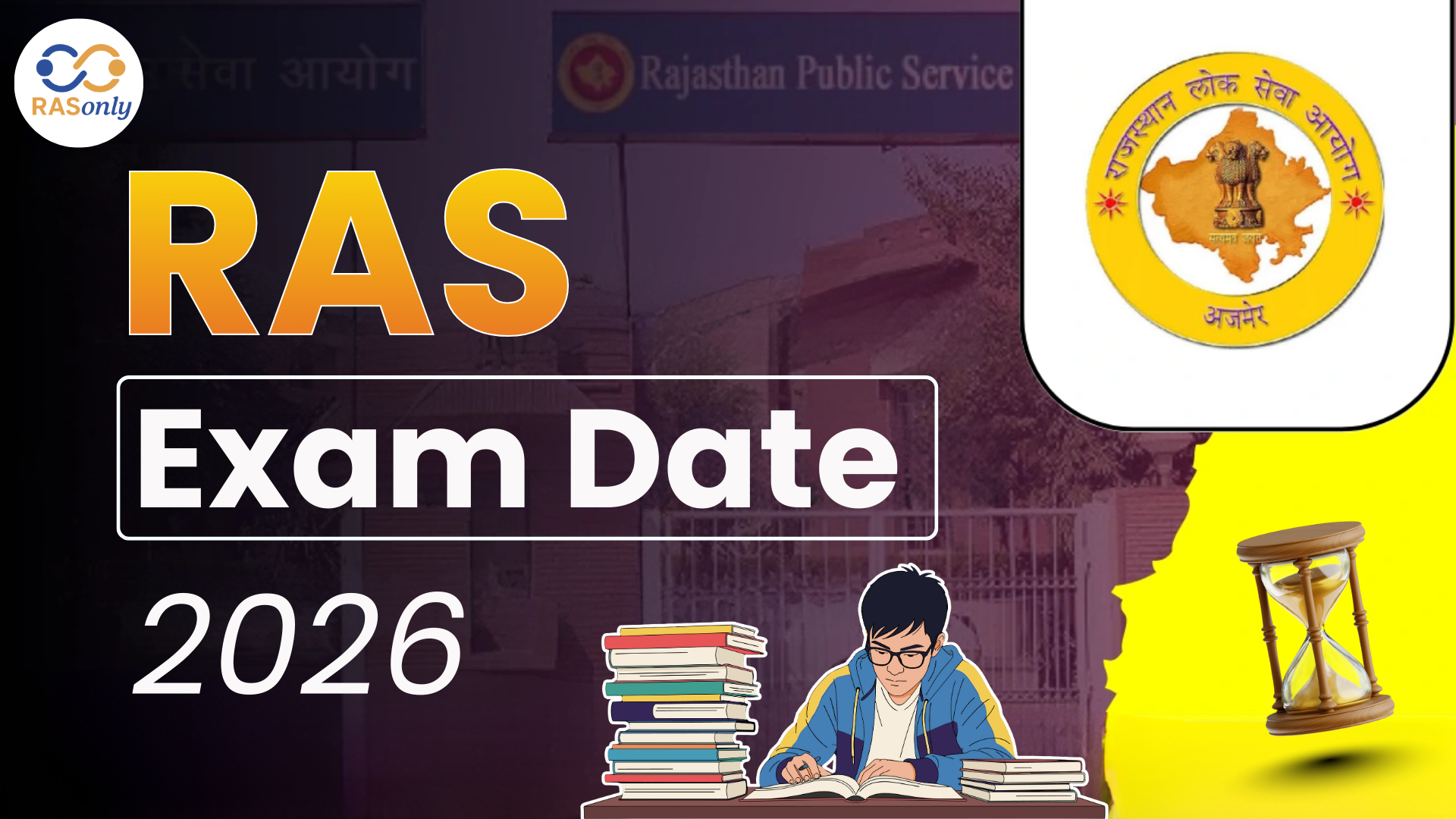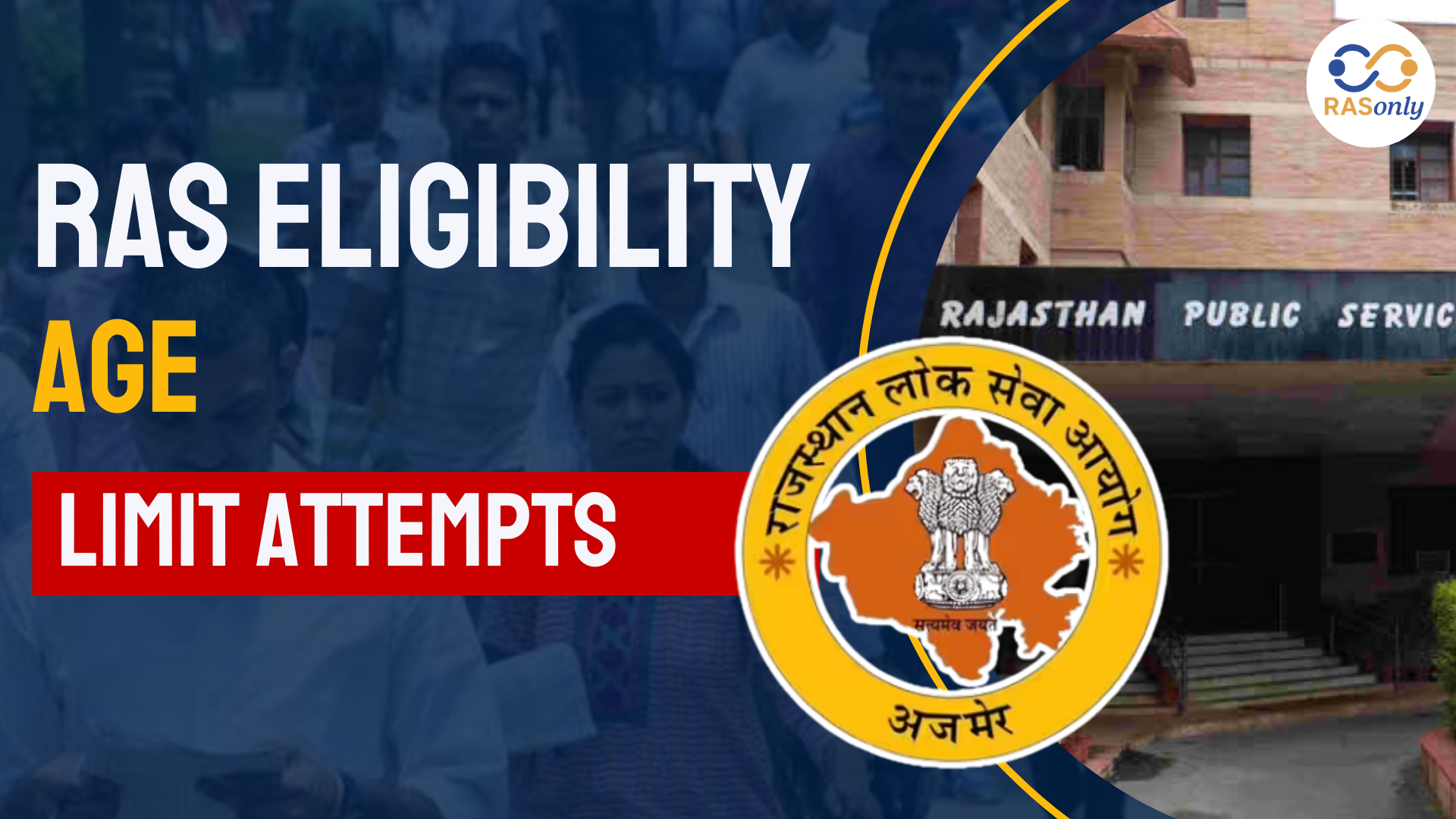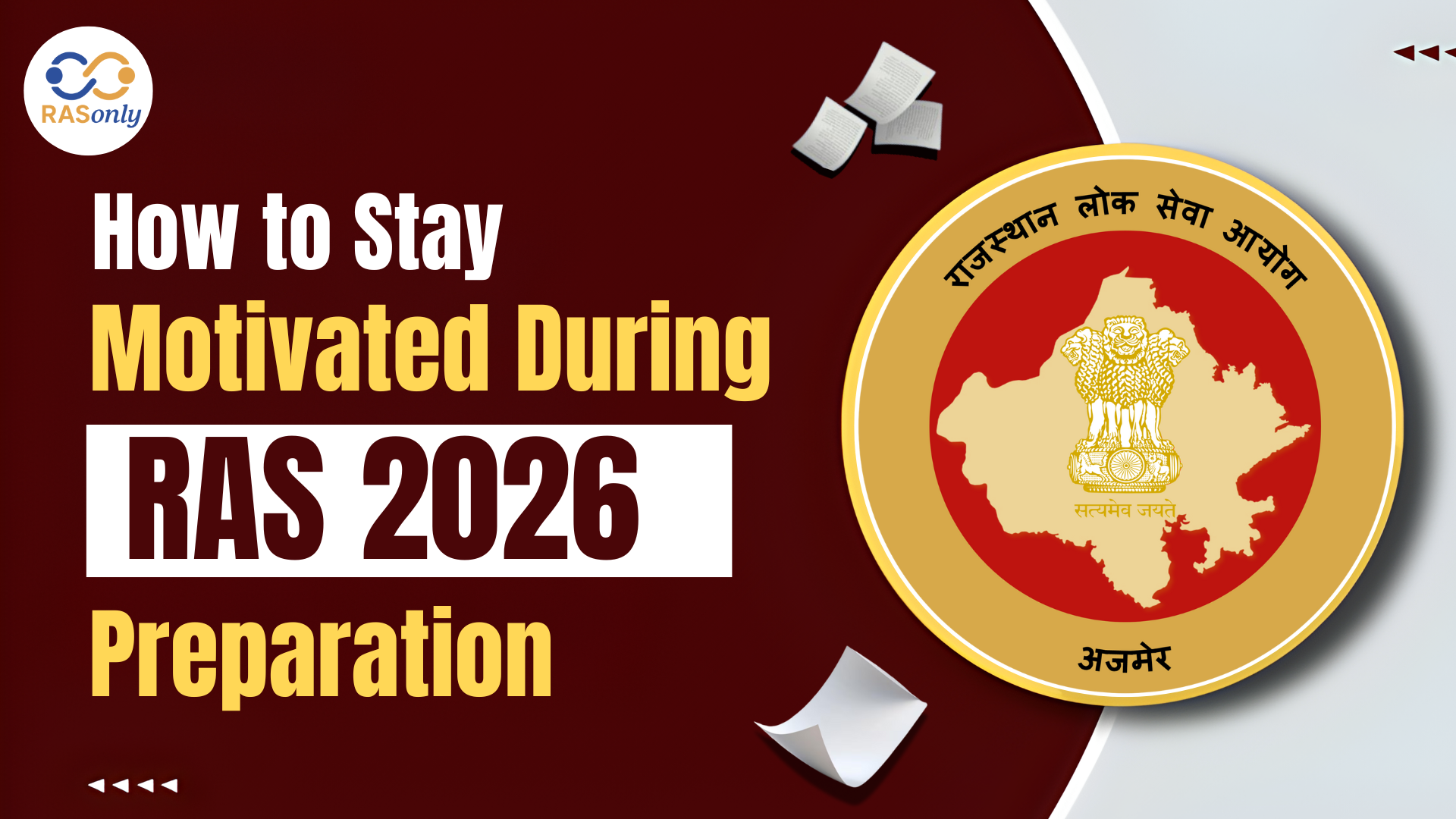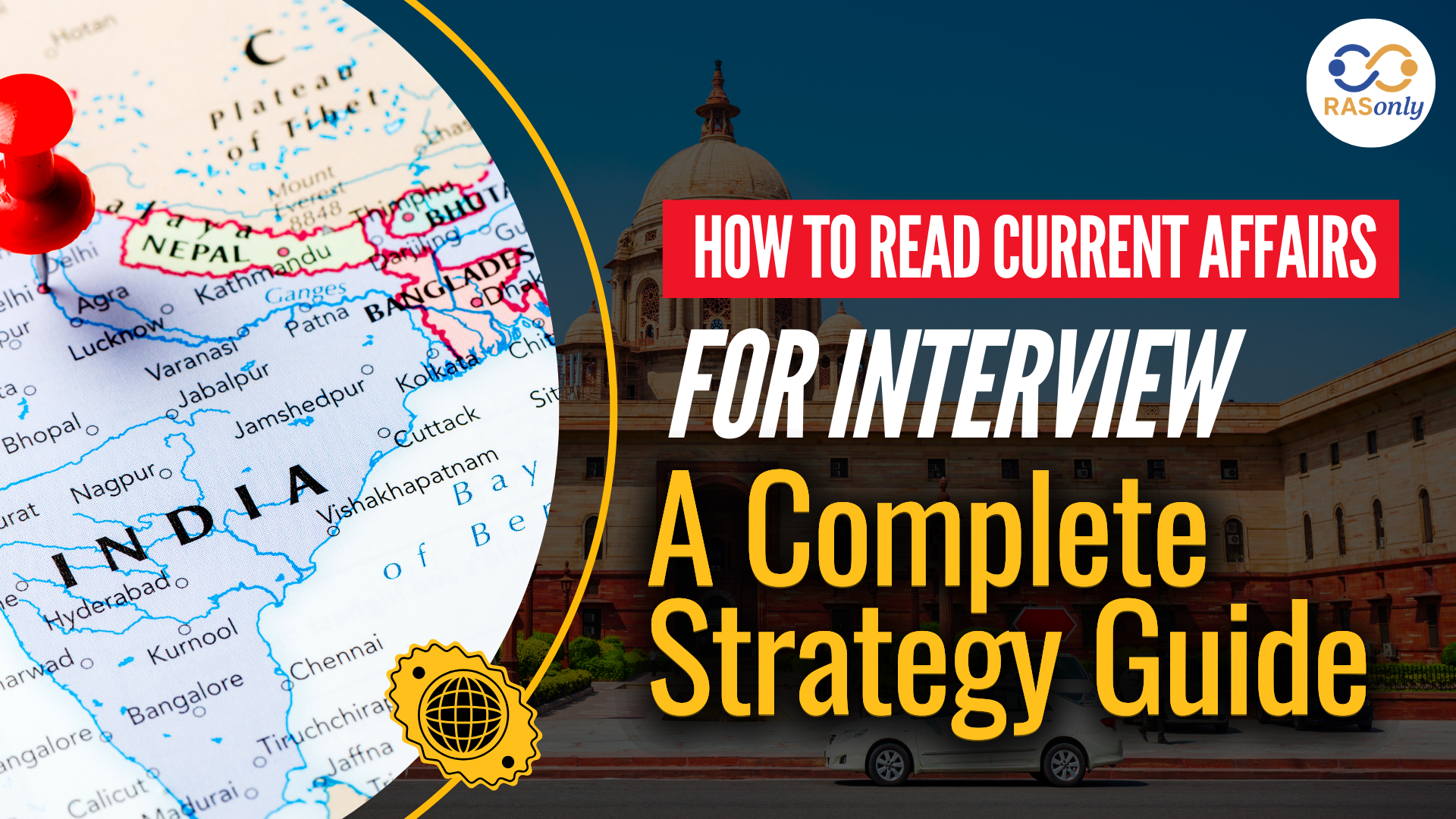RAS Exam Date 2026 for Notification, Prelims, Mains Date
- >
- RAS Preparation Resources
- >
- Internet of Things (IoT)
Internet of Things (IoT)

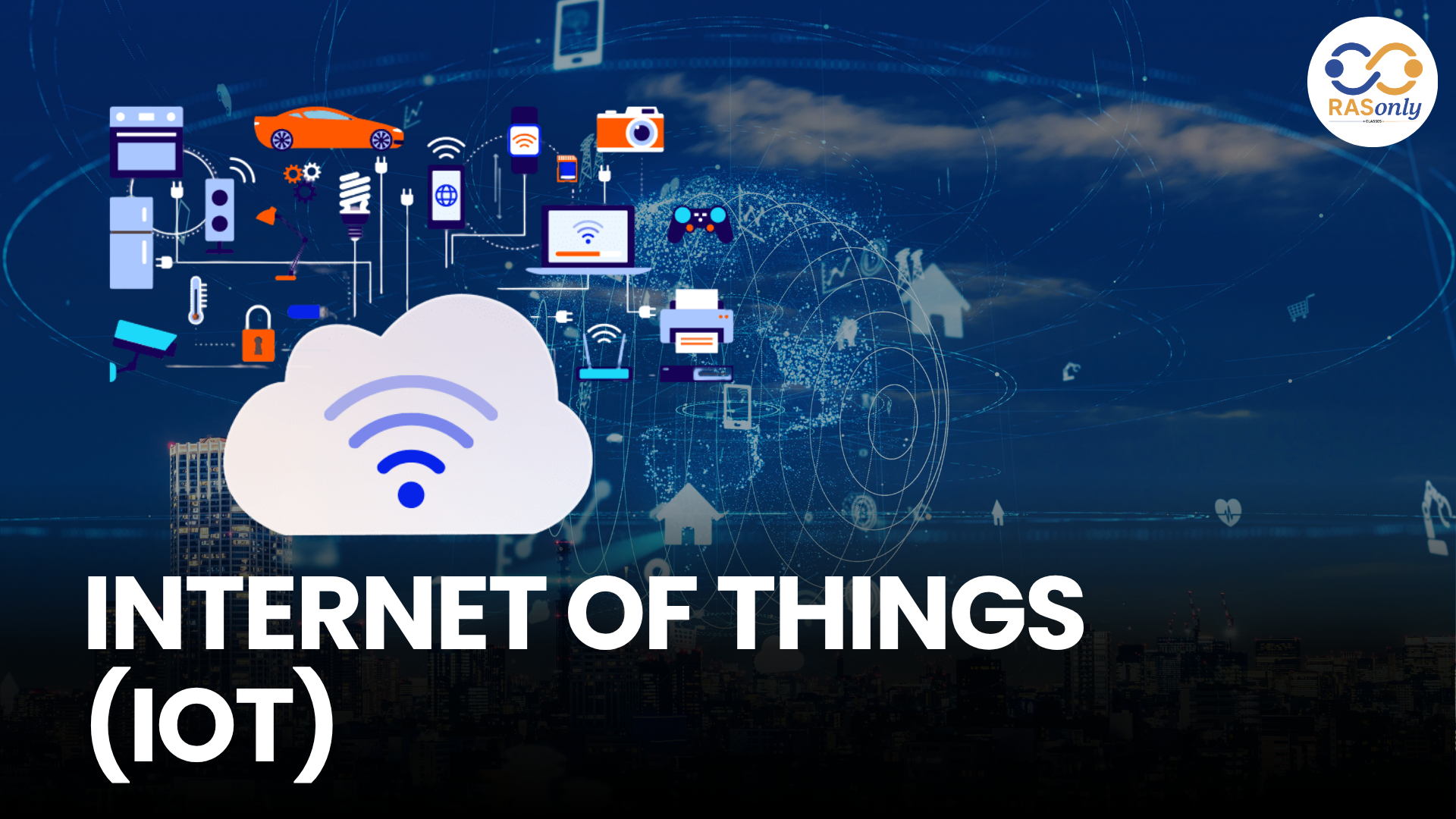
The Internet of Things (IoT) involves a huge network of linked physical devices that contain sensors, computer-programmed software, and access to the internet and gather, share, and take action based on the information. It is revolutionary in all the fields including healthcare, agriculture, industry, and smart cities, as it increases automation and decision-making. IoT allows working in real-time and predictive analytics, making operations more efficient and pleasant to use. Although it has so many advantages, it is concerned about data privacy, security, and interoperability. IoT in the future relies on more sustainable, secure, and intelligent distribution amongst industries.
Key Points for RAS Mains
What is IoT?
- The Internet of Things (IoT) consists of an interconnection of physical entities that are built with sensors, software, and communications.
- These devices gather information in real-time, disseminate the information on the internet and on many occasions, they operate on the information automatically with no human interaction.
- Its aim focuses on automation of systems, increasing productivity, cutting down the cost of operation and improvement of living standards.
IoT uses
1. Smart Homes
- The lights, cameras, voice assistants, and thermostats can be wireless.
- Benefits: They save energy, they are secure and convenient.
- Alexa, Google, nest, ring.
2. Healthcare
- Smart wearables, distance health monitor, smart beds.
- Advantages: Round the clock surveillance, telemedicine, management of chronic illnesses.
- Alaskafit, Smart Insulin pumps, ECG monitors.
3. IIoT (Industrial IoT)
- Application: Prevention maintenance, automation of the machine, tracking.
- Cost savings, Saving lives and productivity.
- Siemens MindSphere, Siemens Predix.
4. Smart Cities
- Smart parking, waste bins, adaptive lighting of roads, air monitoring.
- Impact: Traffic pile-ups are reduced, and the urban government is more efficiently run.
- Examples: Smart bins-Bigbelly kinds, smart streetlights.
5. Farming
- Equipment: Self-irrigation, Soil sensors, Climate stations.
- Benefits: precision farming, water conservation, health of the plant.
- John Deere systems, Netafim Smart Irrigation.
6. Transportation and Logistics
- Systems: Fleet tracking, route, and optimisation, predictive maintenance.
- UPS Orion system, Autopilot Tesla.
7. Retail
- Applications: Smart shelves, cashier-less store, real time inventory.
- Zebra intelligent retail systems.
8. Energy Control
- Production of equipment:Smart meters, monitoring systems; Solar.
- Tesla Powerlink, Nest Energy Meters.
9. Global Warming Monitoring
- Purpose: Disaster alert, water leak detection, version tracking of pollution.
- A few examples: AirVisual Pro, smart floods.
10. Smart Wearables
- Examples: The smart watches, AR/VR head sets, fitness trackers.
Examples of IoT Devices by Sector
|
Sector |
Devices/Systems |
|
Smart Home |
Alexa, Google Nest, Ring, Philips Hue |
|
Healthcare |
Fitbit, KardiaMobile, Smart ECG, insulin pumps |
|
Industry |
GE Predix, Siemens MindSphere |
|
Transport |
Tesla Autopilot, UPS Orion |
|
Agriculture |
Netafim, John Deere Precision Ag |
|
Retail |
Amazon Go, Zebra smart shelves |
|
Energy |
Nest smart meters, Tesla Powerwall |
|
Environment |
AirVisual Pro, smart water sensors |
Challenges of IoT
|
Challenge |
Explanation |
|
Security Risks |
Devices are vulnerable to hacking, especially in public infrastructure. |
|
Privacy Concerns |
Data collected can be misused if not encrypted or anonymized. |
|
Lack of Standardization |
Multiple protocols hinder interoperability among devices. |
|
High Deployment Cost |
Initial infrastructure cost and device integration can be expensive. |
|
Data Overload |
Massive data generation may overwhelm traditional storage/processing tools. |
|
Power Consumption |
Despite improvements, many devices still require regular charging. |
The Way Ahead of IoT
- There should be encouragement of common standards of interoperability
- Provide greater security by encrypting end to end and doing multi-factor threat analysis using AI.
- Use 5G / Edge Computing to enhance the speed of data processing that was decentralized.
- Implement Green IoT with energy-saving devices to facilitate the aspect of sustainability.
- Promote innovation in education, in rural health care and in disaster management.
- Put in place sturdy Governance Structures when it comes to data privacy and cross border regulation.
Conclusion
To automate, make smart and responsive in real time is the change that the Internet of Things (IoT) is bringing into modern life. Its potential to create a smart city, health, industry and sustainability cannot be overstated. At the same time, issues of security, privacy, and standardization must be addressed to certify that IoT becomes a safe, inclusive, and resilient global ecosystem. As measured with the correct policies and innovation, IoT is going to be a critical determinant of the future of digital civilization.
Post Category
- RAS Salary
- Result
- RAS Admit Card
- RAS Job
- RAS Cutoff
- Preparation Tips
- RAS Answer Key
- RAS Exam Analysis
- RAS Syllabus
- RAS Previous Year Papers
- RPSC RAS Exam Pattern
- RAS Interview
- RAS Mains Exam Date
- RAS Vacancy
- RAS Test Series
- RAS Best Books
- RAS Preparation Resources
- RAS Coaching Centre
- History
- Polity
- Geography
- Economics
- Science
- Art and Culture
- RPSC RAS Application Form
- RPSC RAS Notification
RASonly Interview Guidance Program

Mr. Ashok Jain
Ex-Chief Secretary Govt of Rajasthan
- IAS officer of the 1981 batch, Rajasthan cadre.
- Passionate about mentoring the next generation of RAS officers with real-world insights.
- Got retired in Dec 2017 from the post of Chief Secretary of the state of Rajasthan.

Mr. Guru Charan Rai
Ex-ASP / SP in Jaisalmer
- Guru Charan Rai, IPS (Retd), retired as Inspector General of Police (Security), Rajasthan, Jaipur in 2017.
- Served as ASP and SP in Jaisalmer, Nagaur, Sri Ganganagar, Sawai Madhopur, Dausa, Sikar, and Karauli.
- He also held key positions as DIGP and IGP in the Law and Order division.

Mr. Rakesh Verma
Ex-IAS Officer, B.Tech, MBA, and M.A. (Economics)
- IAS officer of the 1981 batch and retired in Chief Secretary Rank.
- Civil servant of high repute and vast experience.
- Has been teaching UPSC CSE subjects for the last six years.
Related Post
👉🏻 Register Today to Join Classes! 👍🏻
- Team RASOnly -
🎯 Benefits of RASOnly Coaching:
- ✅ 1:1 Mentorship with RAS Officers
- ✅ Experienced and Expert Faculty
- ✅ Free Library Access
- ✅ Daily Minimum 4 Hours Must
- ✅ Comprehensive Study Material
- ✅ Regular Tests & Performance Analysis
- ✅ Personalized Guidance & Doubt Solving
- ✅ Online & Offline Class Options
- ✅ Affordable Fees with Quality Education
Key Highlights:
- 👉🏻 3-Day Refund Policy
- 👉🏻 New Batch Starting from 04 August
- 👉🏻 Registration Amount: Only ₹1000
